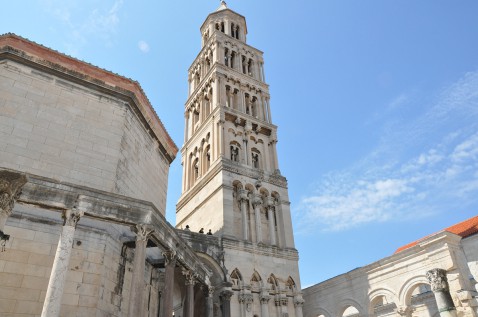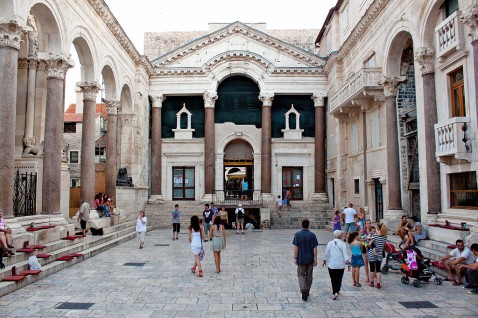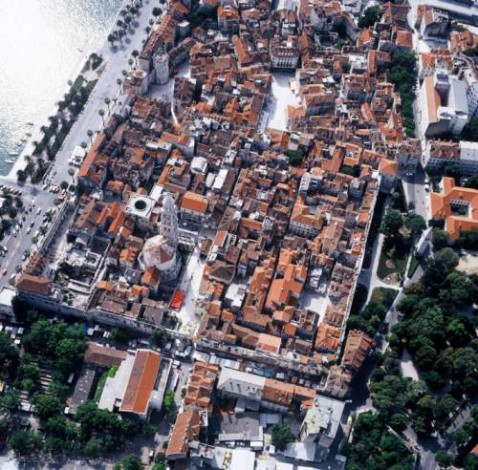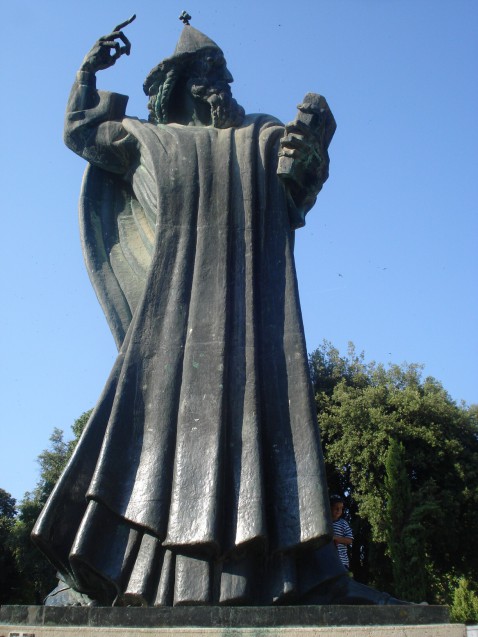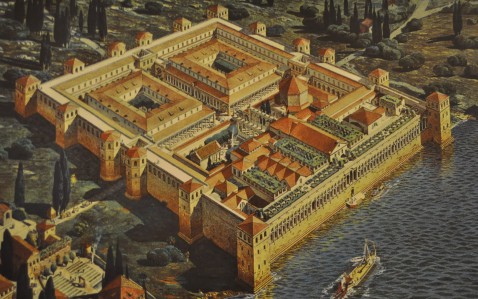
Split is the economic, university, tourist and administrative center of Middle Dalmatia, with about 200,000 inhabitants. It is also the jumping-off point for exploration of the coast and islands of the beautiful Croatian Adriatic.
The site was first settled when, at the end of the third century AD, the Roman Emperor Diocletian built his palace. Here, after abdicating on 1 May in A.D. 305, he spent the last years of his life. Recent excavations proved existence of organized life in this area even much earlier of Diocletian 's era. The Palace is one of the most famous and integral architectural and cultural constructs on the Croatian Adriatic coast and holds an outstanding place in the Mediterranean, European and world heritage.
